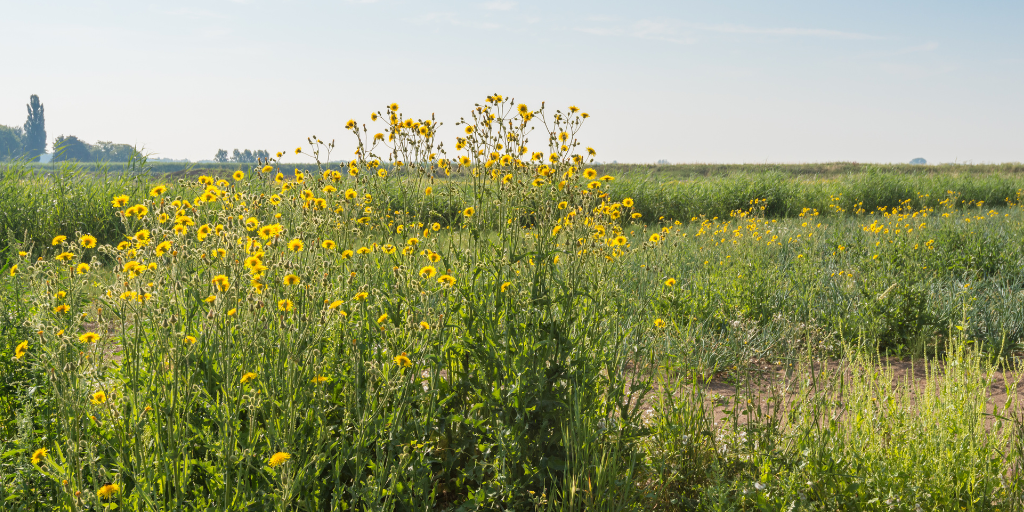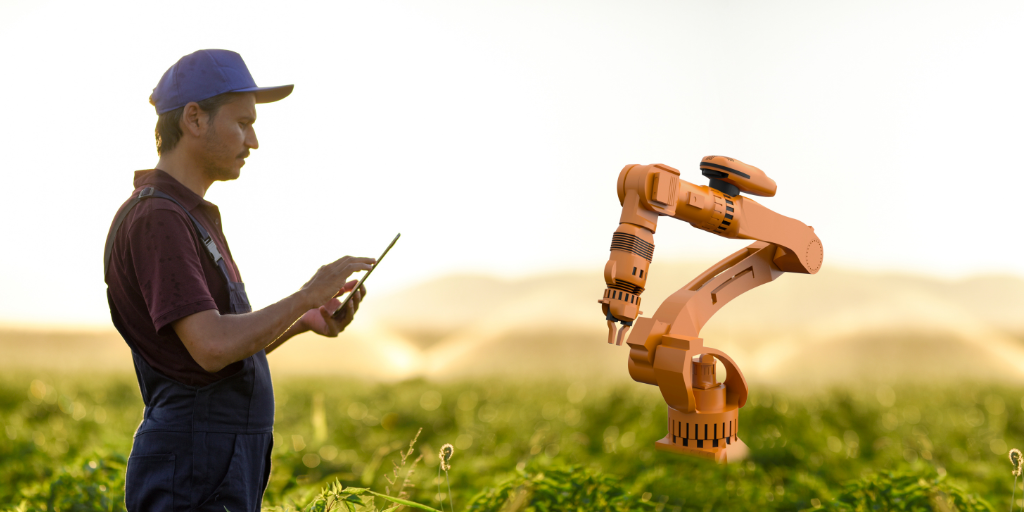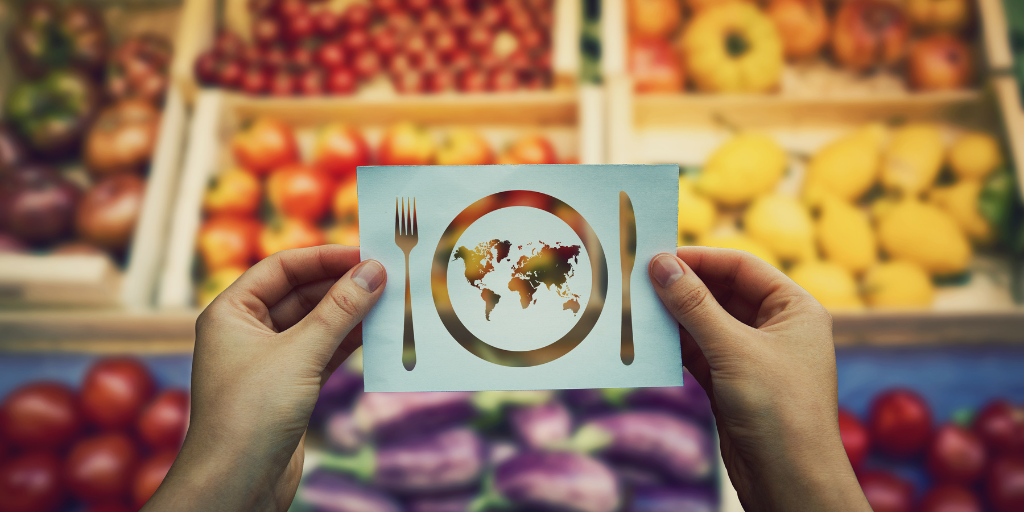
In recent years, the agricultural industry has witnessed a significant increase in automation investments. According to the Western Growers Center for Innovation Technology's 2022 Specialty Crop Automation Report, automation-related investments on farms saw a remarkable 25 percent surge in 2022. Approximately 70 percent of participating growers indicated that they had invested in automation in 2022, with an average annual spend of $450,000-$500,000 per grower. The biggest percentage of investment? Weed management: 45 percent of survey respondents reported investing in automated weeding technology.

As the world population continues to grow, so does the demand for food. For centuries, agriculture has been a labor-intensive industry, and many farming practices still require a considerable amount of manual labor. But as the global agricultural workforce is aging and the number of people entering the sector is decreasing, labor shortages are becoming the norm in agriculture each year. To overcome this challenge, the agricultural industry is investing in automation to reduce labor costs and increase productivity.

Apples are one of the most widely consumed fruits in the world, with a global production of over 86 million tons in 2020. However, the process of harvesting, storing, and distributing apples present numerous challenges for growers, packers, and shippers. In this article, we will explore some of the challenges facing apple growers and the technological and operational innovations that are helping to overcome these challenges.

This week the Global Food Safety Initiative’s annual conference met in Atlanta. With more than 800 delegates from 50 countries, this conference brings together food safety experts from around the world. This conference’s theme: Delivering Safe Food in Turbulent Times: The Need for Agility & Resilience centered around how climate change, global political instability, and supply chain disruptions have affected access to safe food.
Let our expert staff walk you through the Croptracker system, and answer any questions you have.
We are here to help.